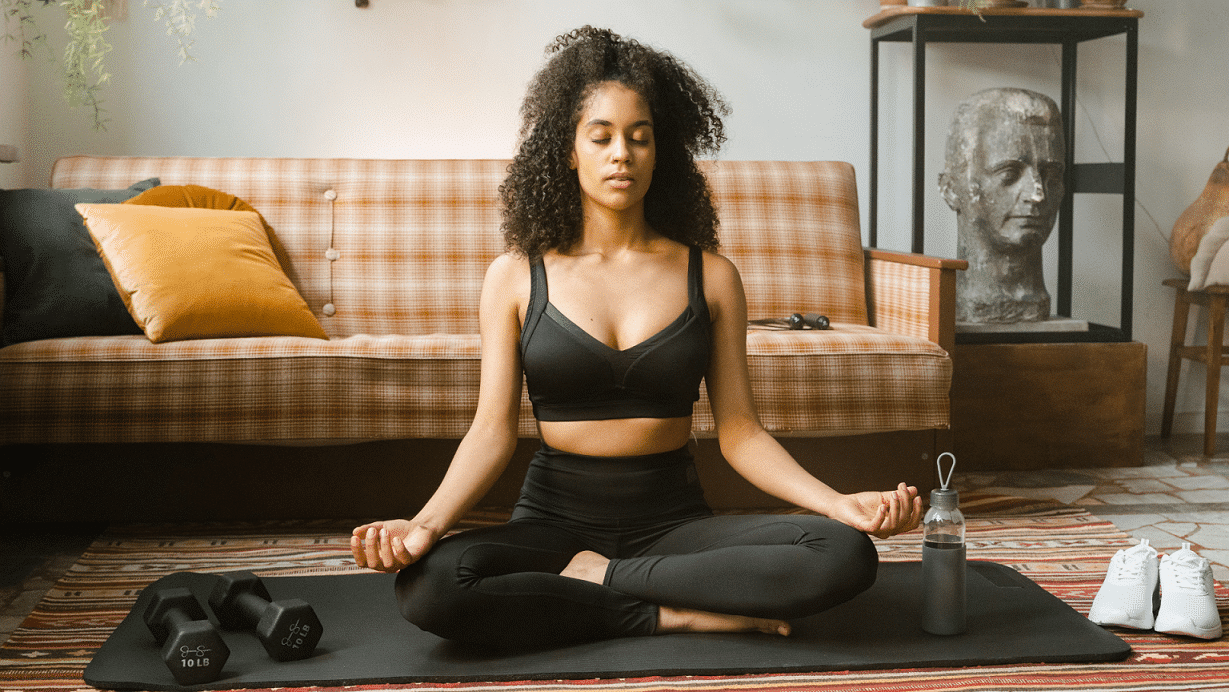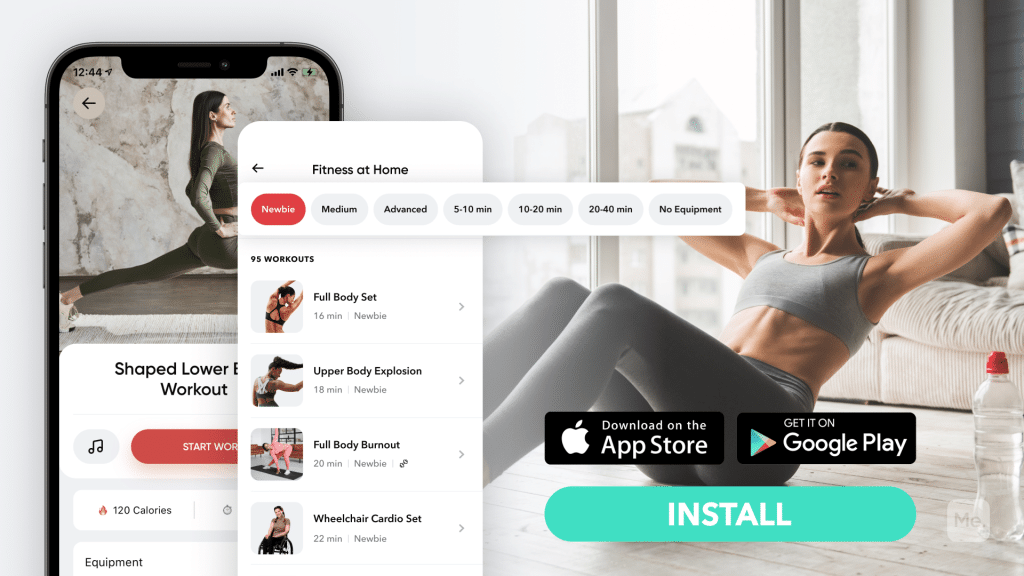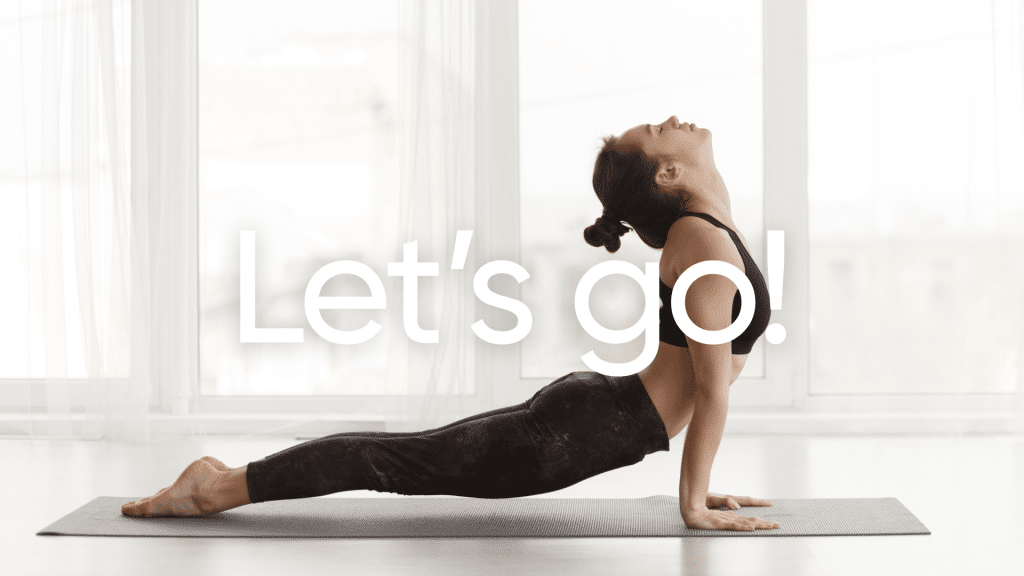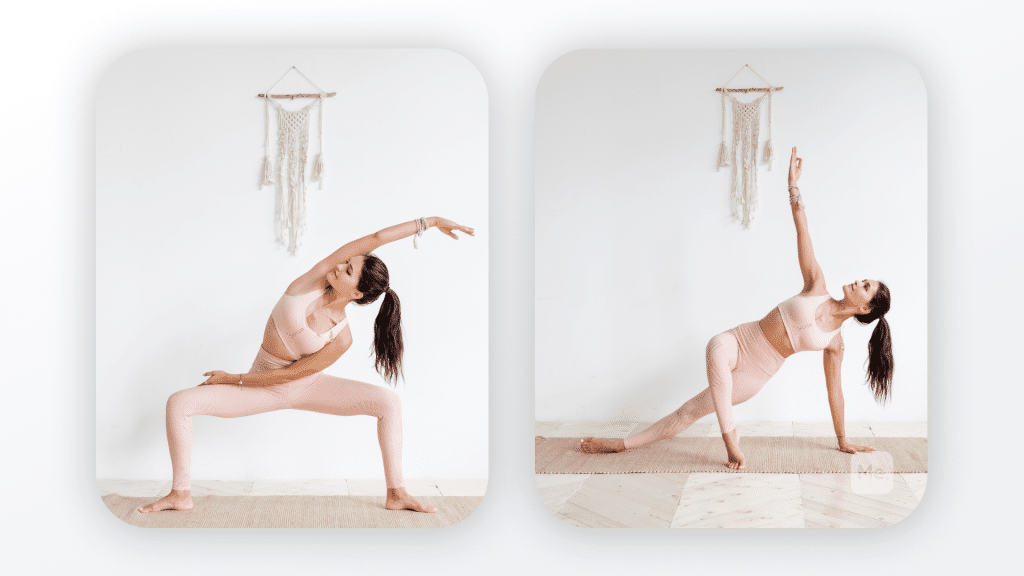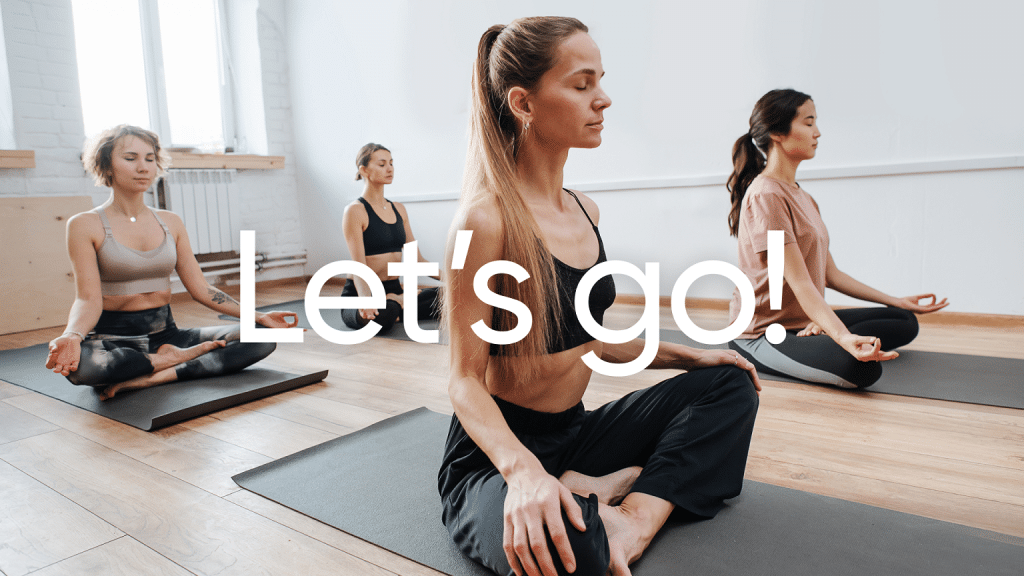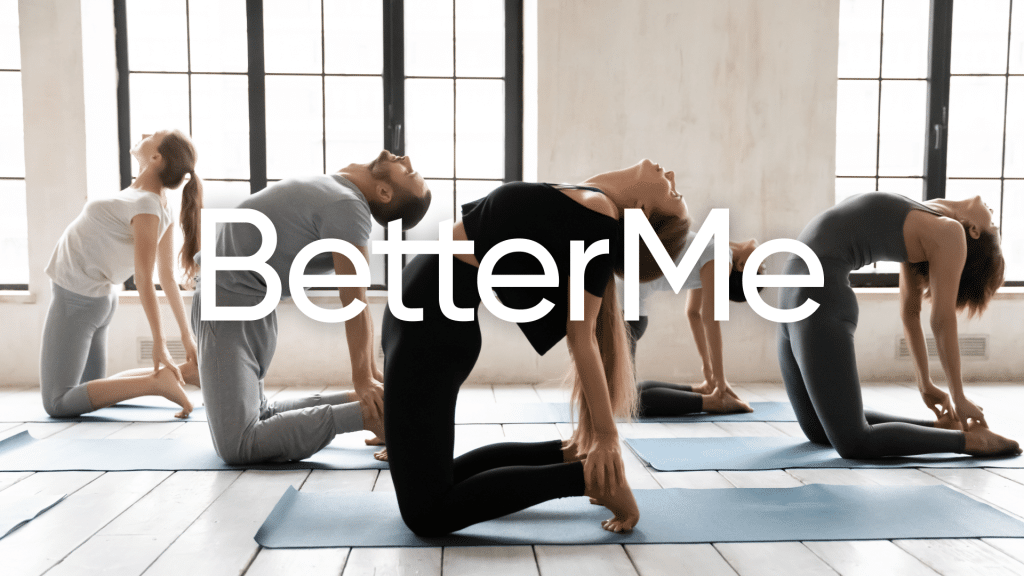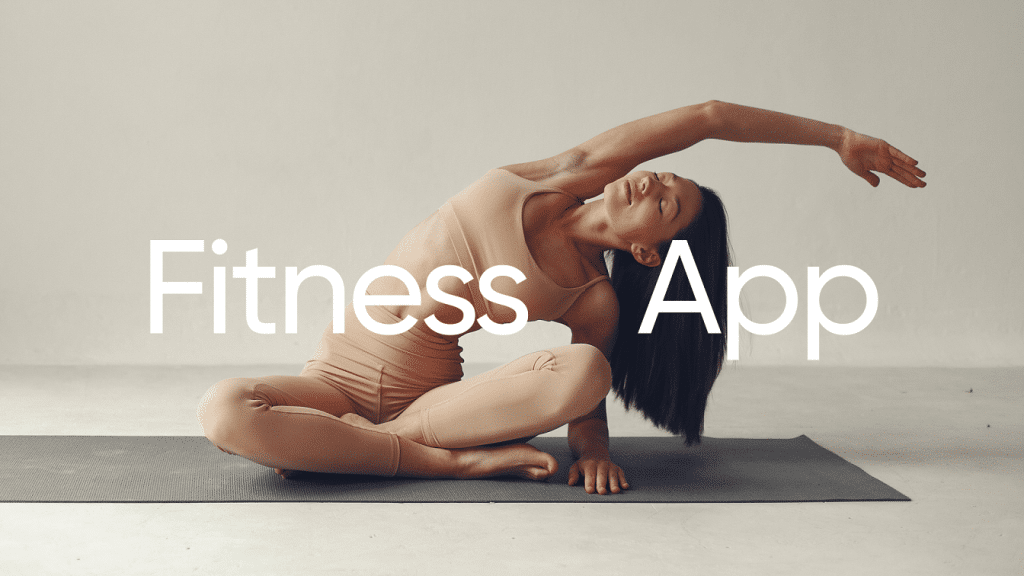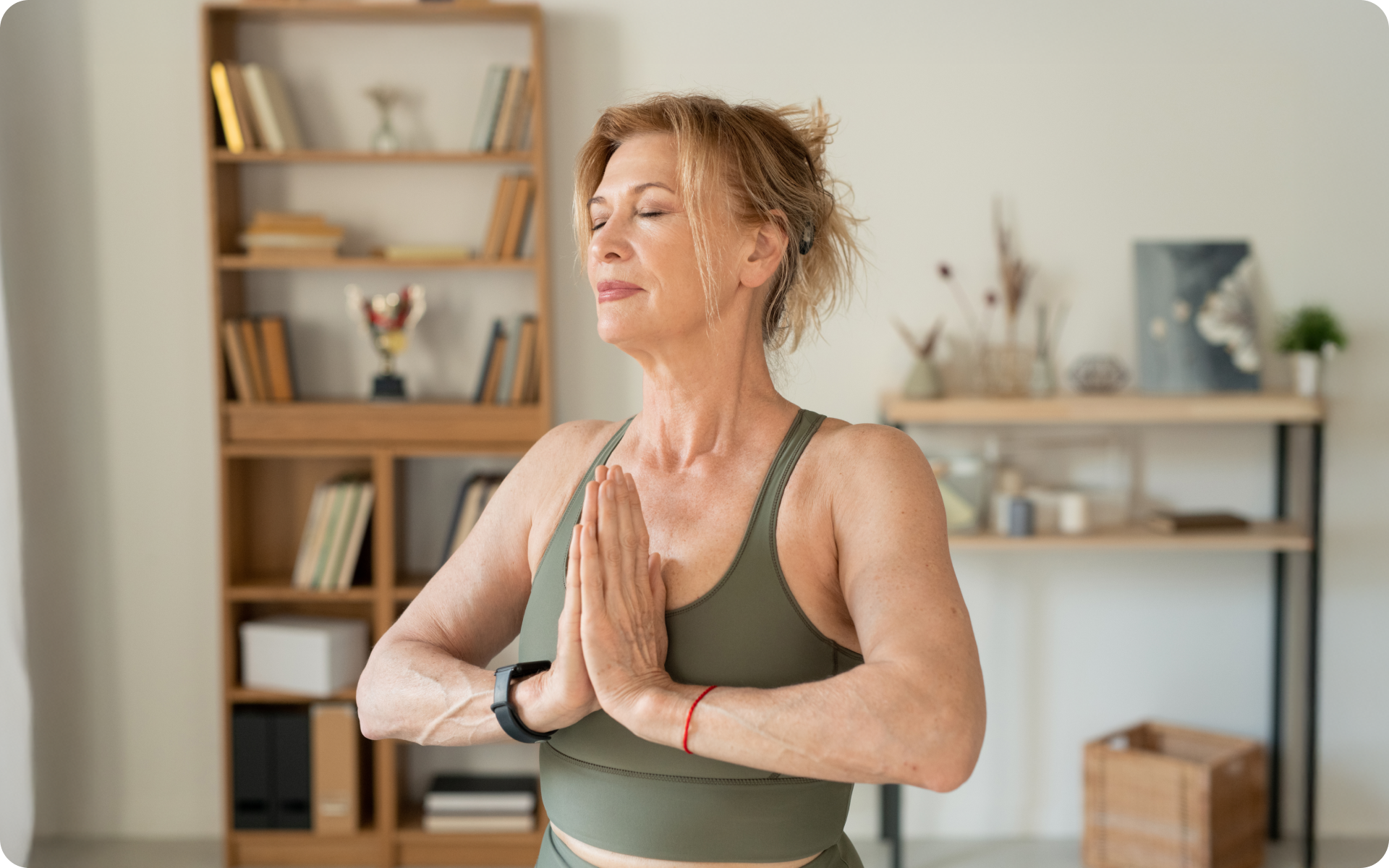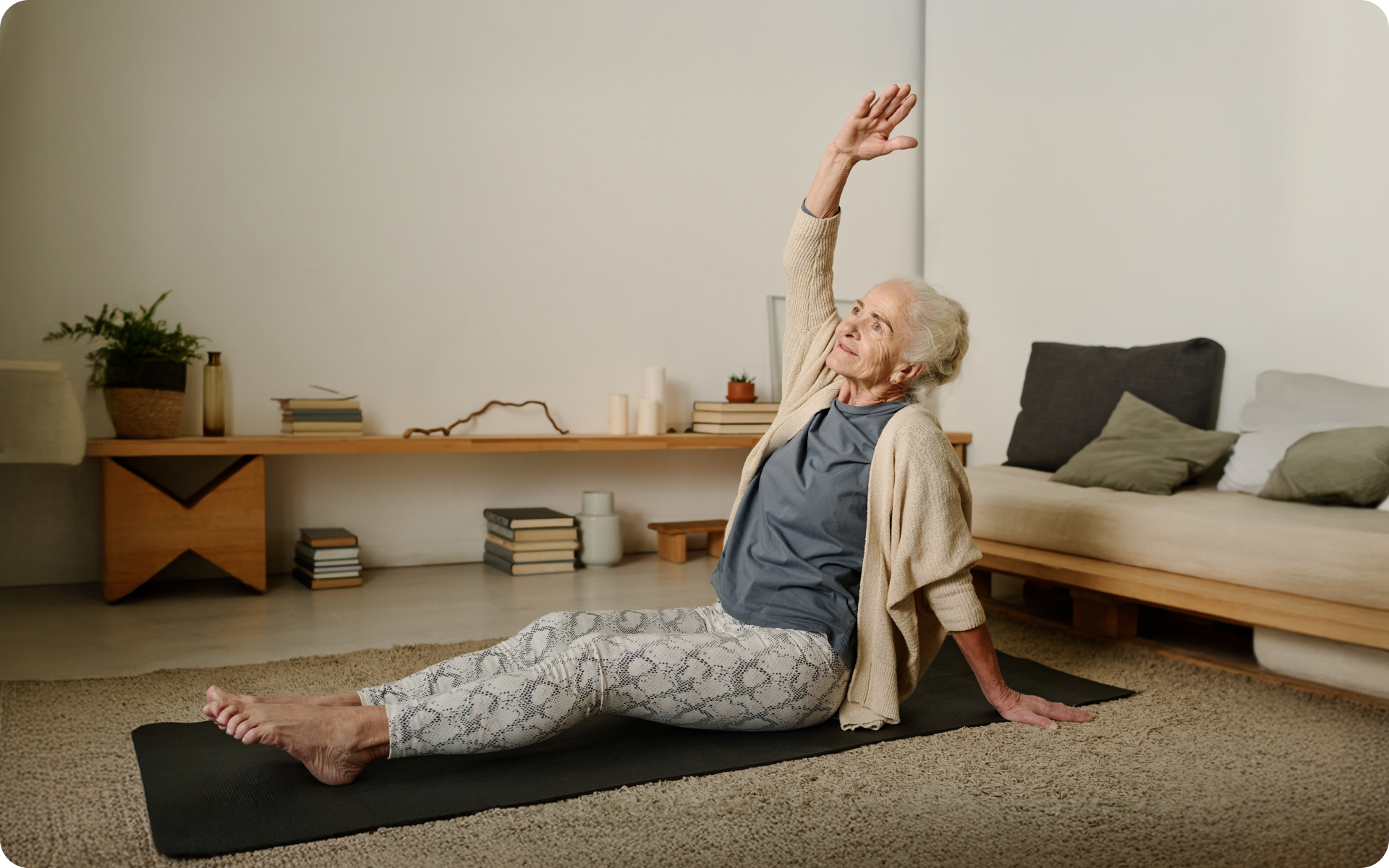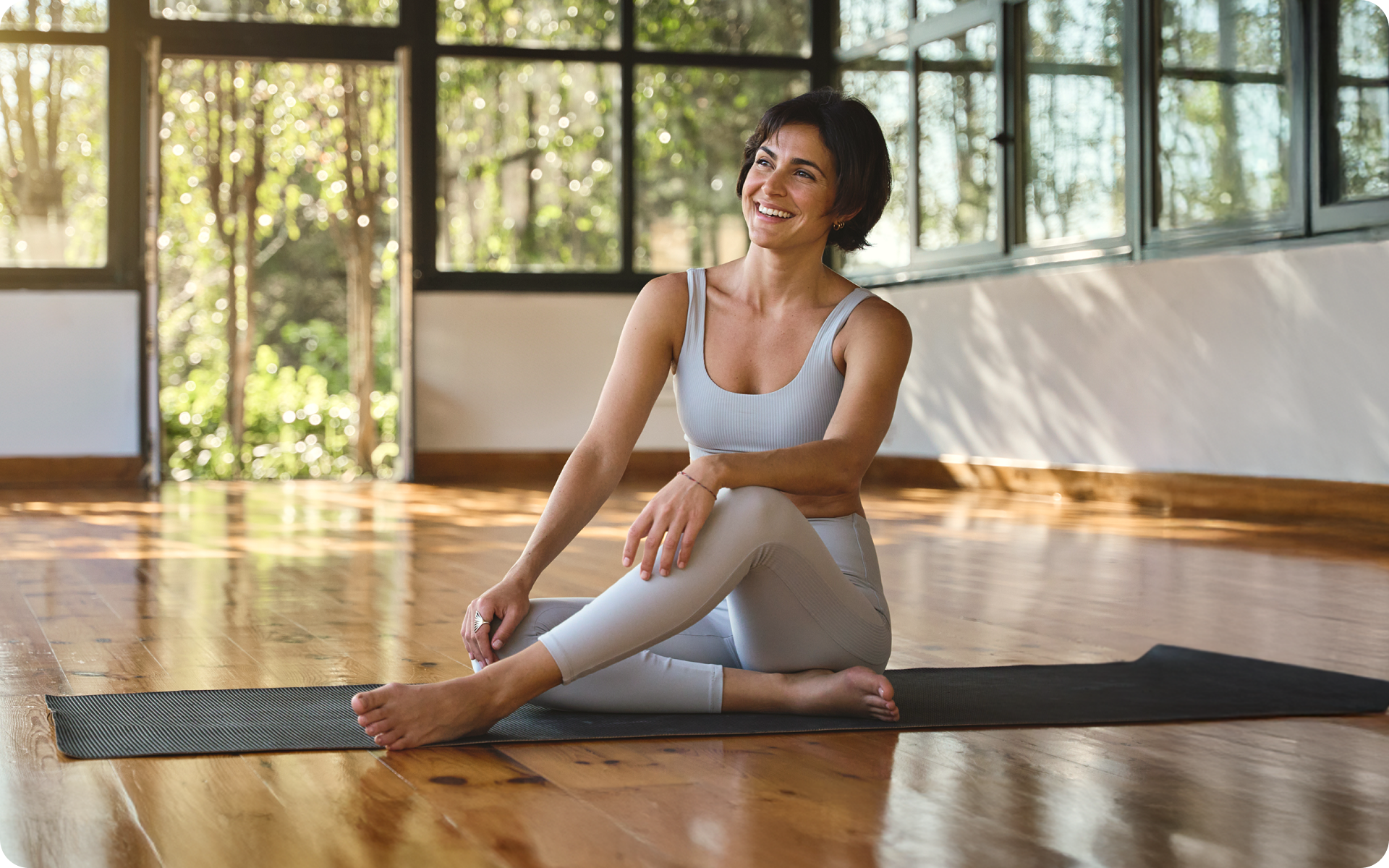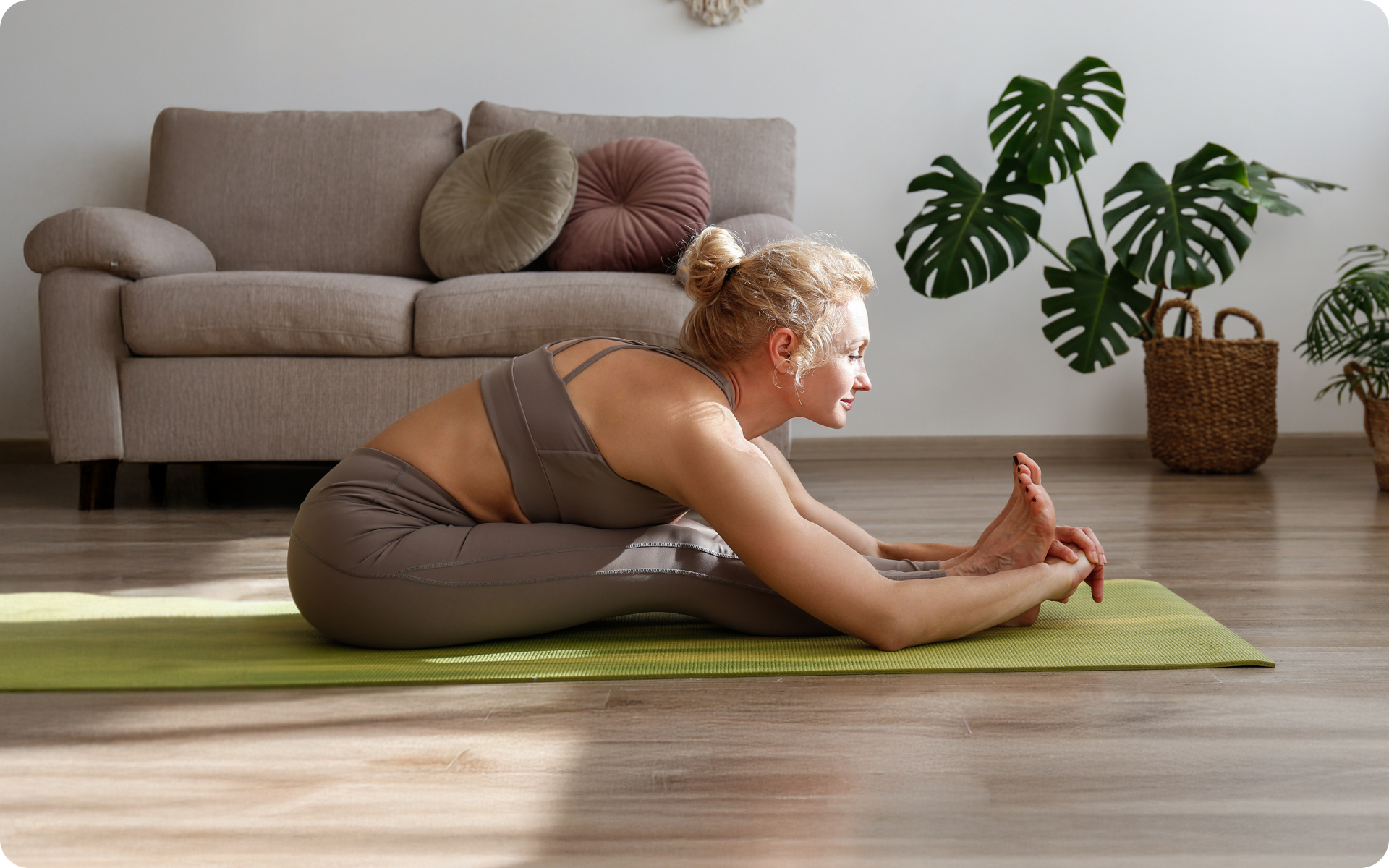One of the best gifts to humankind, especially when it comes to keeping it zen, is yoga. The serenity, patience, stamina, and health benefits of doing yoga have made this practice pretty common. Typically, when embarking on a yoga journey, you must start at the beginner level before progressing to the intermediate and advanced levels. Congratulations if you have already made it to the intermediate level. In this phase, you will focus on doing intermediate yoga poses that are a little bit more challenging than beginner poses.
No need to fret! These are not poses you cannot manage. So, don’t knock it till you try it and don’t feel discouraged if your legs feel too shaky or your core is too unstable during the first couple of tries. It’s par for the course. Like the beginner poses, these techniques are pretty straightforward and they work wonders for toning your entire body. Plus, they can be done anywhere, the comfort of your living room counts too!
This article will let you in on the best intermediate yoga poses to do for improved mental and physical health. Feel free to try any of these poses, but only if you get that go-ahead from your doctor or a certified yoga instructor (3).
The Best Intermediate Yoga Poses
Yoga offers numerous benefits, and progressing to the intermediate level will only help you reap more of the rewards that yoga practice offers. The recommended techniques in this phase are as intriguing, perhaps even more than those at the beginner level. Here are our recommended intermediate yoga poses to help you create an effective 5 or 10-minute effective yoga workout plan:
Cobra Pose
Sanskrit name: Bhujangasana
Benefits: One of the best yoga poses for intermediate is the cobra pose. The classic cobra yoga pose is best known for its usefulness in toning your lower back. However, its benefits go far beyond the physical improvement:
- Alleviates stomach gas
- Relieves menstrual cramps
- Stimulates your throat and thyroid, hence avoiding thyroid conditions
- Helps lose belly fat as it targets the abdominal area
How to:
- Lie on your stomach and let your toes point out.
- Place your palms on the floor at the sides and next to your shoulders.
- Engage your ab muscles and legs and then slowly and slightly lift your head. Make sure your neck is also gently curled backward.
- Press your palms on the floor and then slowly raise your shoulders and upper body.
- Hold this position for 30 or 60 seconds or a couple of breaths.
- Release and then slowly lower your body to the floor (2).
Read More: Yoga To Lose Weight In 10 Days: Nothing But A Yoga Mat And Your Own Body Weight
Boat Pose
Sanskrit name: Navasana
Benefits: The boat pose is one of the yoga staples for building a strong core. The move helps in toning your back, arms, and abdomen. It is a great move to perform if you want to strengthen your core muscles.
How to: Note that the boat pose can be a complicated posture to master, even for individuals in the advanced yoga level. To safely and effectively master this pose, make sure you follow the following steps to the latter:
- Start on the floor in a sitting position with your legs stretched in front of you.
- Your hands should be on the floor, with your palms down.
- Start to lean back slowly. Make sure you tighten your core, tuck in your chin, and keep your back straight.
- After that, bend your knees and then lift them off the floor. If not, you can stretch your legs out and point your feet, such that your body forms a V shape.
- Stretch your arms out and let them align with your shoulders.
- Your palms must be facing each other and fingers fully extended.
- Take three to five deep breaths or hold this position for 30 to 60 seconds.
- Slowly bring your arms and legs down. Make sure you drop your head first before releasing.
Bridge Pose
Sanskrit name: Setu Bandha Sarvangasana
Benefits: The Bridge Pose is one of the best intermediate flow yoga poses to do to strengthen your back. It also helps stretch your chest, hips, spine, and neck. Doing the Bridge Pose may also help you alleviate stress and improve thyroid health.
How to: You can easily do this pose at home by following these steps:
- Lie on a mat with your back pressed on the floor.
- Draw in your feet towards your hips.
- Align your feet and knees with your hips.
- Keep your arms by your sides and then press your palms into the floor.
- Lift your hips as high as possible or until you are comfortable. If this proves challenging for you, place your palms on your lower back for added support.
- Tuck in your chin into your chest and then take three deep breaths.
- Return your arms to your sides on the floor and slowly lower your hips.
- Repeat.
Upward Bow Pose
Sanskrit name: Urdhva Dhanurasana
Benefits: Some people may refer to this pose as the Wheel Pose. Regardless of how you call it, the fact remains that this yoga technique can help in the following ways:
- Stretching your lungs and chest
- Strengthening your spine, arms, and legs
- Stimulating your thyroid and pituitary glands
How to:
- Lie down on a mat facing toward the ceiling. Bend your knees and then bring them close to your body.
- Bring your hands close to your head. Make sure the fingers are pointing towards your shoulders and that your elbows are pointing up.
- Press your feet on the mat, breathe out, and lift your butt and tailbone from the floor. Make sure your thighs and inner feet are parallel.
- Press into your feet and hands and lift onto your head’s crown.
- Press further into your hands and feet while breathing out, and then lift your head entirely from the floor. Your arms should be straight.
- Spread your shoulder blades and let your head hang loosely.
- Breathe deeply and maintain this position for 5 to 10 seconds.
- Slowly release from this stance by bending your arms and bringing your butt and tailbone to the floor.
Whether you’re looking to simply pep up your fitness routine, jazz up your diet with mouth-watering low-calorie recipes or want to get your act together and significantly drop that number on your scale – the BetterMe app has got you covered! Improve your body and revamp your life with us!
Downward Facing Dog
Sanskrit name: Adho Mukha Svanasana
Benefits: This classic yoga technique works your upper body and gives your arms, legs, chest, and back muscles a good stretch.
How to:
- Get on your fours, with your toes turned under, and knees below your hips. Your hands must be stretched in front of your shoulders.
- Breathe out and fully straighten your legs. Let your heels pop up from the ground.
- Lift your butt and push your heels towards the floor.
- Lightly press your hands on the mat and then straighten your arms as you draw your shoulder blades down.
- Relax your head and try to keep it between your upper arms.
- Hold this position for 1 to 3 minutes.
Warrior II
Sanskrit name: Virabhadrasana II
Benefits: This standing technique is more challenging than you think. It works your arms and legs, which in turn helps in boosting your stamina. It is also an excellent technique to do when you need to get your zen on.
How to:
- Start by spreading your legs out, about 3 or 4 feet.
- Raise your arms out and to the sides, with your palms facing down.
- Turn your left foot out at a 90-degree angle and maintain your right foot slightly to the right.
- Bend your left leg to a 90-degree angle and make sure your knee is over your ankle.
- Press the outside of your right heel on the floor and fully stretch your arms away. Remember to keep your torso centered.
- Tilt your head to the left and try to look past your fingers.
- Maintain this position for 30 or 60 seconds before switching sides.
Triangle Pose
Sanskrit name: Trikonasana
Benefits: The Triangle Pose is very beneficial in fighting stiffness. It will help you work on your tight muscles and stretch your hamstrings and inner thighs. You can also do this yoga technique if you want to improve your balance.
How to:
- Stand upright with your feet 3 or 4 feet apart. Shift your right heel out such that your toes are slightly pointing inwards.
- Turn your left foot out and at a 90-degree angle. Let your left heel align with the arch of your right foot. Keep both legs straight and pressed on the ground.
- Lift your arms until they reach a T shoulder height. Reach forward using your front arm. When you cannot stretch your arm anymore, hinge to your front hip.
- Slowly bring the front arm down toward your shin or to the ground.
- Lift your arm and back and spread your fingers. Take your gaze to the ground or up towards the ceiling.
Camel Pose
Sanskrit name: Ustrasana
Benefits: This yoga technique is one of the best exercises to stretch and strengthen your back muscles. Since it also stretches the front part of your body, it helps in blasting fat around your abdomen.
How to:
- Start in a kneeling position with your shins hip-width apart. Your arms should be resting by your sides or on your hips. Make sure you are pressing on the ground by the tops of your feet.
- Breathe in, and then slowly press down into your shins. Stretch your spine and on your exhale, extend your arms back toward your heels. It will make your chest lift towards the ceiling.
- Make sure your arms are fully extended to give your shoulders a proper stretch.
- Hold this for some seconds before returning to the initial position.
Read More: Yoga After Eating: Simple Asanas To Do After Overeating
Pro Tips When Doing the Intermediate Yoga Poses
Before you roll out your yoga mat to do these exercises, there are specific tips you need to keep in mind. These yogi tips can be a life changer as they can make these techniques more fun and straightforward. They are as follows:
-
Seeking Professional Advice
Before attempting to do yoga poses, it is essential to seek professional advice for the beginner, intermediate, or advanced levels. Check in a fitness coach to help assess if you are fit to switch from good beginner to intermediate yoga poses.
-
Getting Help
Before you start doing these yoga techniques at home and alone, first do them in the presence of a yogi or instructor. They will guide you on safely performing these techniques and minimizing the risks of either strains or sprains (1).
-
Listening To Your Body
You need to be present when you are doing these exercises and pay close attention to your body. Notice how your body is reacting to each of the above poses. If you sustain any injury or pain when doing these poses, make sure you get immediate medical attention.
-
Making It A Practice
To reap the benefits associated with these yoga poses, you have to build a regular yoga practice. However, it is not only about doing these poses regularly but also correctly. So, work on learning the correct forms and then eventually making yoga a habit.
The Bottom Line
There are numerous intermediate yoga poses you can choose from. However, most yogis specify a selected few to make any yoga workout complete out of all these. These include the cobra, downward-facing dog, upward bow, boat, bridge, warrior II, triangle, and camel pose.
The following techniques target different body areas but help in toning your entire body. Similarly, they also help you reap other health benefits, including improved thyroid health, weight loss, reduced stomach gas, and relieved menstrual cramps.
Remember to start by learning the correct way of doing these poses if you want to reap these gains. The idea is to do them correctly to reduce any injury risk and increase their associated benefits. Remember to listen to your body and stop doing these poses if you injure yourself or report any pain.
Get your personalized
meal plan!
DISCLAIMER:
This article is intended for general informational purposes only and does not address individual circumstances. It is not a substitute for professional advice or help and should not be relied on for decision-making. Any action you take upon the information presented in this article is strictly at your own risk and responsibility!
SOURCES:
- Exploring the therapeutic effects of yoga and its ability to increase quality of life (2011, ncbi.nlm.nih.gov)
- Yoga Poses Increase Subjective Energy and State Self-Esteem in Comparison to ‘Power Poses’ (2017, ncbi.nlm.nih.gov)
- Yoga: What You Need To Know (2021, nccih.nih.gov)
